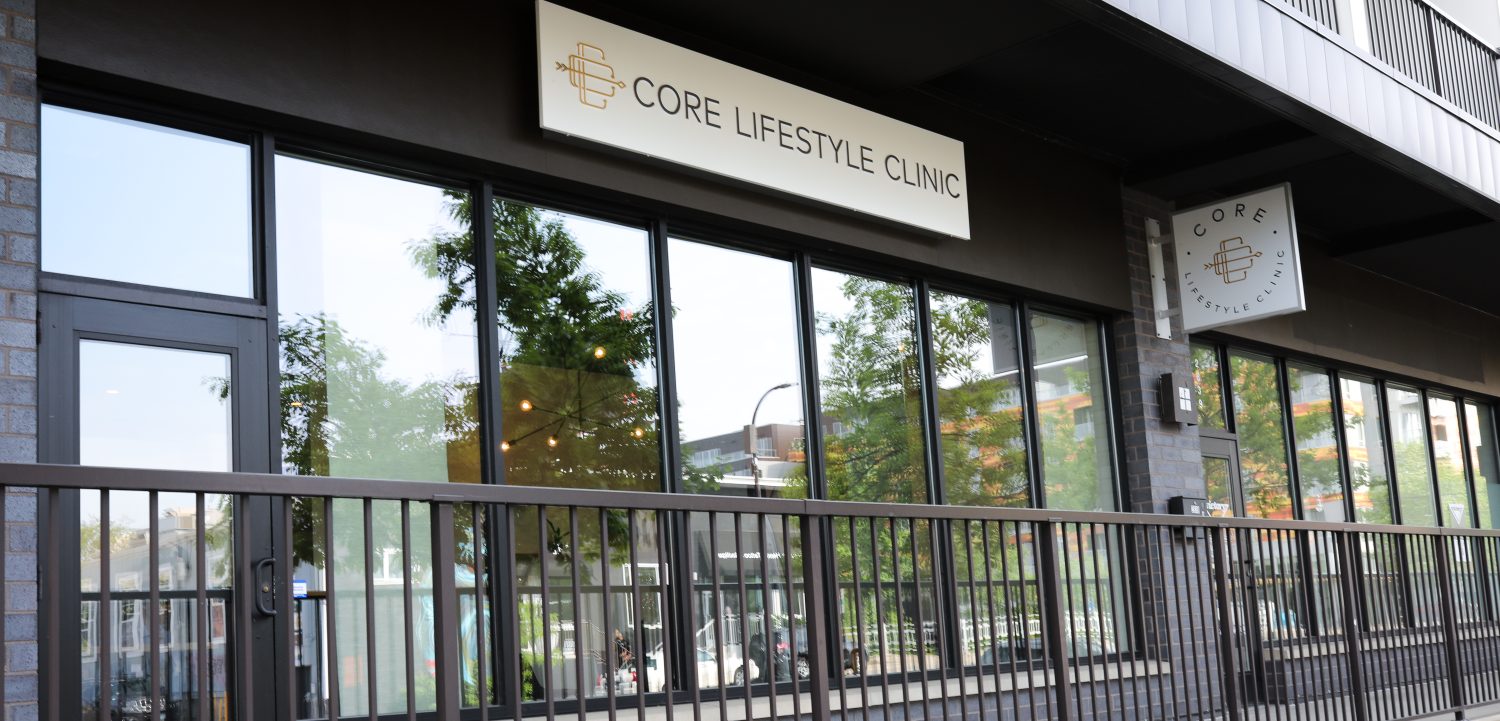Ergonomic checklist
Before we get too far into the do’s and don’ts let’s get a better understanding of what bad posture is actually doing to your spine. As you progress through development from infancy to sitting, sitting to crawling, crawling to standing, and standing to walking- running- jumping- etc., you are changing the dynamic of how your body holds and distrubutes weight throughout each phase. In doing so, you form 3 primary curves of the spine. First is the lordodic cervical curve that would look like a reverse c-shape from the side, second the kyphotic thoracic spine, and finally the lordotic lumbar spine. Each curve serving a purpose for the overall stability of the spine and all the mechanisms that attach and rely upon this structure to function. This shape and form is very intentional as our bodies are much smarter innately than we give them credit. By forming this intentional shape, our weight is evenly distrubuted from our head down to our toes to transfer weight and force evenly from the spine to the extremities and allowing for the muscles, tendons, and ligments to peform their duties without becoming stressed. By changing any one of these shapes or curves in the spine, we thus alter the stress load throughout the entirety of the spine. So by losing that curve in your neck or flexing your head down looking at your phone, you’re implicating every function thereafter that relies upon the shape. Leading to tightness in the cervical flexor muscles (front of the neck) weakening and overusing the cervical extensors muscles in the back of the neck and upper shoulders which leads to stiffness, tension, pain, headaches, loss of mobility, and eventually structural breakdown or degeneration of the spine. This is happening at an alarming rate as patients are presenting at as early as 18-20 years of age with symptoms consistent with the breakdown that was just described. I’ve used the cervical spine as my example for the sake of simplicity but you could go through this process with each region of the spine and each region will be affected by the other once things begin to breakdown.
We all know technology is going no where and chances are we are going to spend more time sitting, in front of computer or phone than ever before. So make the changes now to avoid having to deal with the complications later.
Posture checkpoints-
Head and neck must remain neutral – eyes level to the horizon
Elbows low and in contact with the torso
Shoulders back
Get up and move around! Take breaks, alternate with standing if you have the option.
Exercising consistently is the most beneficial pro active measure you can take against bad posture
Focus on strengthening the upper back and core musculature to most efficiently offset negative stress due to posture
Please let me know if you would like to go over any posture related questions or concerns on your next visit.
Move Welll!

